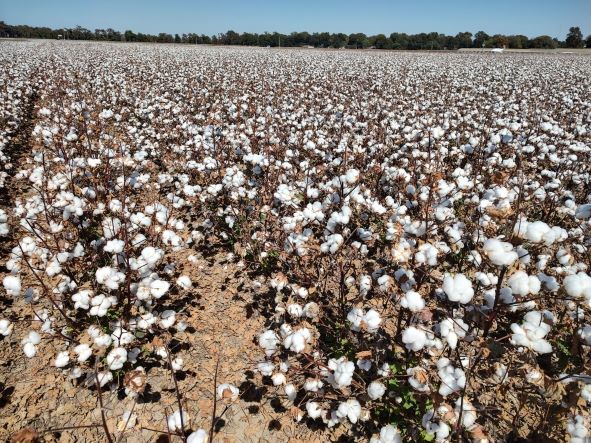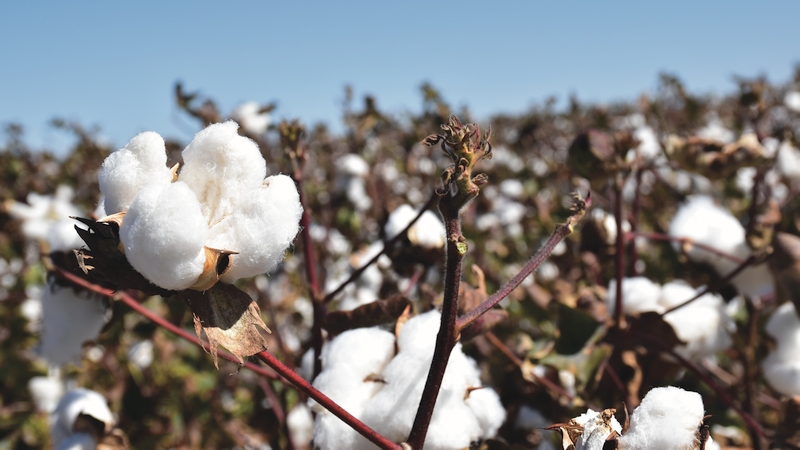Six Factors Shaping The Global Cotton Trade Now And In The Future
The original premise of this piece was an in-depth look at what the cotton industry would be like in the future with the given year as 2025. As I thought about what to include, I kept returning to the same points: the future is now. The cotton trade as we know it has changed dramatically since the events of March. More change is on the horizon, and at Globecot we believe six factors are shaping what the modern cotton industry will look like in the next few years.
The first factor is the end of the U.S. cotton surplus. That constant hangover of the cotton industry is on its way down to zero. And once it approaches nil, the party is over. The U.S. Farm Bill of 2000 ushered in an era of over-production backed by needless subsidies. As a result, the world has had a supply cushion for the better part of eight years. Mills have become comfortable knowing that supply shocks would have limited impact because U.S. oversupply meant a reliable supply. A likely outcome is that the U.S. cotton’s historic role as a residual supplier may very well diminish. Globecot estimates that the ever present U.S. surplus will be gone by the end of 2010.
A second factor is the worldwide battle for acreage: food versus fiber. Again, the backdrop was set against a massive oversupply, except in this case stocks have already been drawn down to near zero. Factors include the rise of India and China, an increasingly better off global population, promotion of ethanol and biofuels, climate change and growing water shortages. Cotton must now compete for acreage in several key producing countries. In the U.S., Globecot forecasts corn and soybeans profit per acre in the coming 2009/2010 marketing year at 435 and 528 U.S. dollars, respectively, while cotton is right at 200 U.S. dollars. Under this scenario who would plant cotton in the U.S.? In Brazil, corn and soybeans profit per acre are pegged at 365 and 156 U.S. dollars, while cotton is still lower at 141 U.S. dollars. At current price levels there is very little incentive to plant cotton.
A third and perhaps more ominous factor is a projected sharp decline in Central Asian production. The underlying factors accelerating this are a combination of mismanagement, environmental neglect and lack of investment in infrastructure. Most of these factors trace their origin to the days of Soviet mismanagement. Cotton has been little more than a foreign exchange generator, always produced and sold, regardless of the market price. In recent years, cotton has taken a backseat as former Soviet republics have turned their attention to higher-priced exports. China and Bangladesh have been big users of Central Asian cotton as a result of proximity and favorable transit times, and it will not be easy to replace such a large amount.
A fourth factor is the growing importance of India. In a few short years India has become the world’s second-largest producer of cotton, the world’s second-largest consumer, and the world’s second-largest exporter. In the not so distant future, India will be the world’s largest producer of cotton, the world’s largest exporter, and the world’s second largest domestic market for textiles and apparel.
A fifth factor is the overcapacity burdening the global textile industry. The world simply has excess production capacity, particularly in synthetics. This condition is a result of massive over-investment by China, India, Vietnam and other Asian countries. Currently, global yarn prices lag behind the upward movement of cotton prices, and spinners continue to face tight margins resulting from oversupply and too little demand. In China, for example, roughly two-thirds of textile mills are operating under a less than one percent margin. What this translates into is a major shakeout of inefficient producers. In China, this was underway until the government caved in to textile industry pressure and increased the textile export rebate – strictly a short-term solution to a long-term problem. What the government didn’t say is that they still want a major consolidation of the industry and that those not operating profitably should shut down. Regardless, the next few years will see tepid growth in cotton consumption, but more attractive margins and improved profitability will return to yarn spinning by 2010 to 2011.
A sixth and final factor is the fact that the U.S., Japan and Europe are no longer the center of the world. For the better part of 25 years, global cotton consumption at the retail level has been driven by these countries consumers. These markets are now reaching the saturation point, coupled by already full closets, slower population growth, and an aging populace, especially in Europe and Japan. The consumer markets of the future, and in turn the drivers for a vibrant cotton trade, are the BRIC economies (Brazil, Russia, India, & China), along with much of Eastern Europe and rapidly developing smaller markets in Southeast Asia and the oil-driven markets along the Persian Gulf.
Caption (photo):
Ed Jernigan








